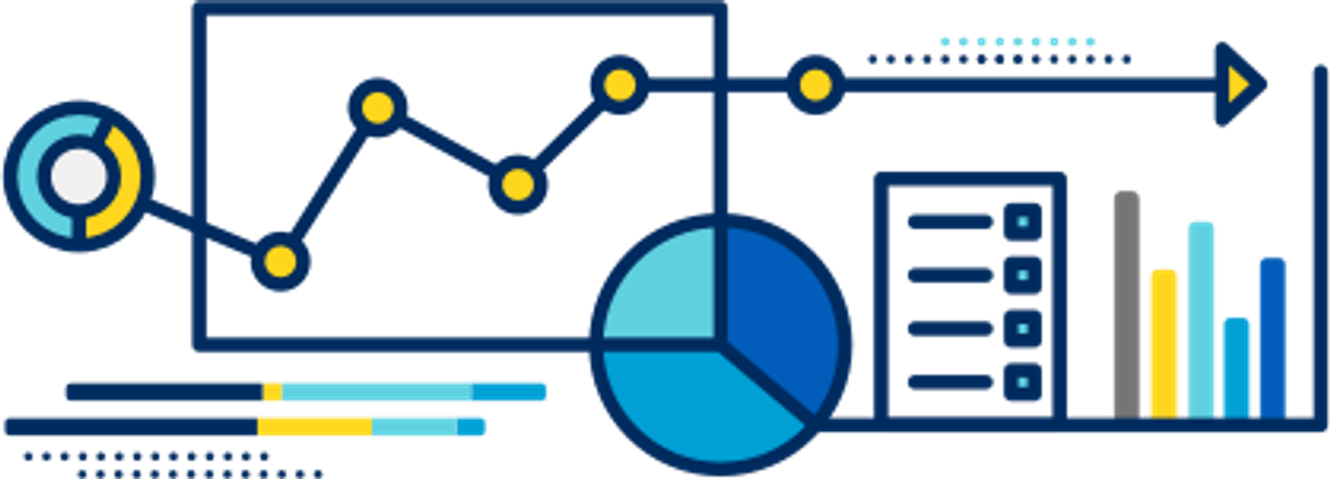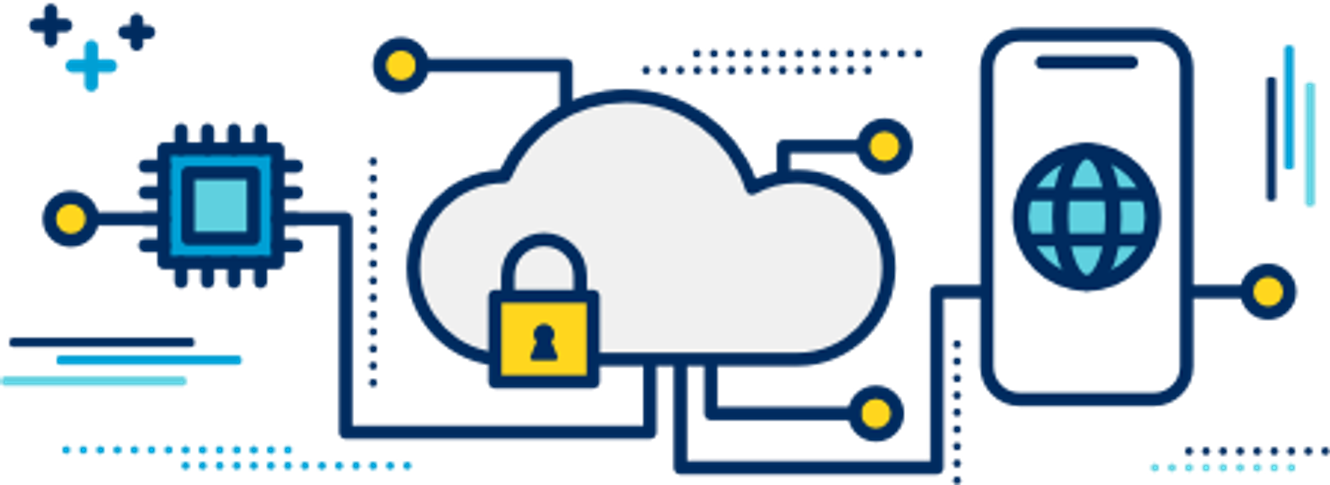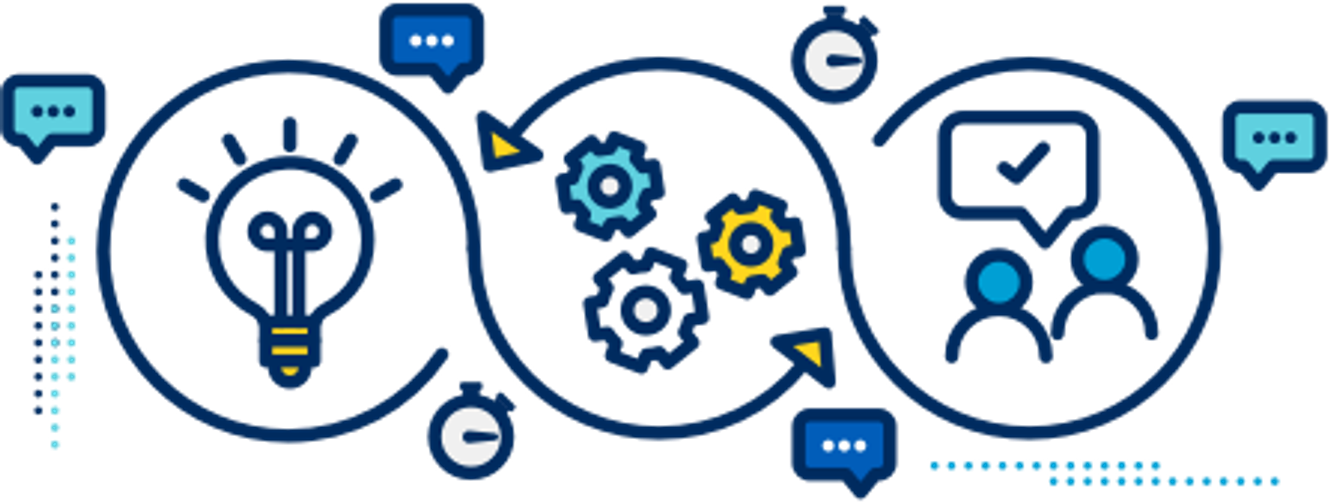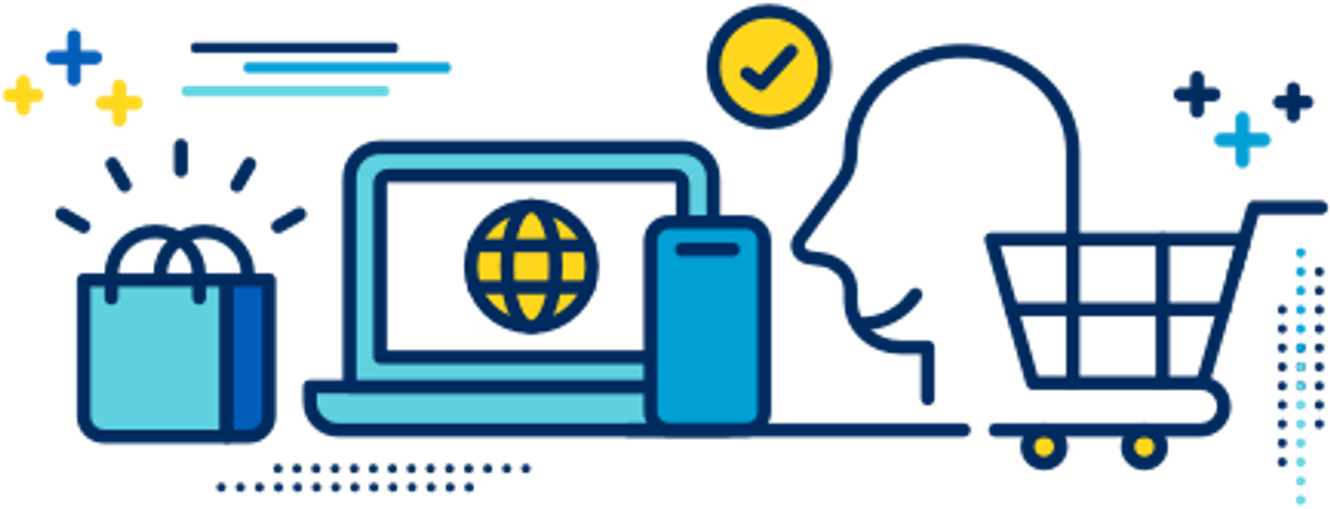Articles January 29, 2021
2021 Trends: The Year of Acceleration


Introduction
Trend 1

More Complete Data Will Lead to Leaps in Actionable Insights
Trend 2

Enhanced Cloud Capabilities Will Advance Digital Transformation
Trend 3

C-Suites Will Embrace Modern Delivery
Trend 4

Rising User Expectations Will Continue to Impact Consumer Loyalty
Conclusion
Sources

Brian Bischoff
Principal, CTO
Brian leads our business strategy for our practice areas and is a thought leader in digital strategy. He provides an objective perspective through the strategic analysis of current technology trends and designs and builds great experiences for our clients.

Ben Harden
Principal | Data & Analytics Practice Area Lead
Ben has over 25 years of data and analytics consulting experience and has spent his career helping clients turn their data into business insights. He has consulted with numerous Fortune 500 clients helping to define and refine their data strategies, business cases, and target data architectures. He has deep experience implementing modern data architectures and helping clients navigate through the fragmented data technology landscape. Ben continues to spend time working directly with clients while also leading the Data and Analytics practice for CapTech.

Vinnie Schoenfelder
Principal, Strategic Innovation
Vinnie is a Principal at CapTech and plays a large role in helping define services,
forge partnerships, and lead innovation for our clients. As a thought leader, he
regularly helps clients solve their most complex business challenges.













